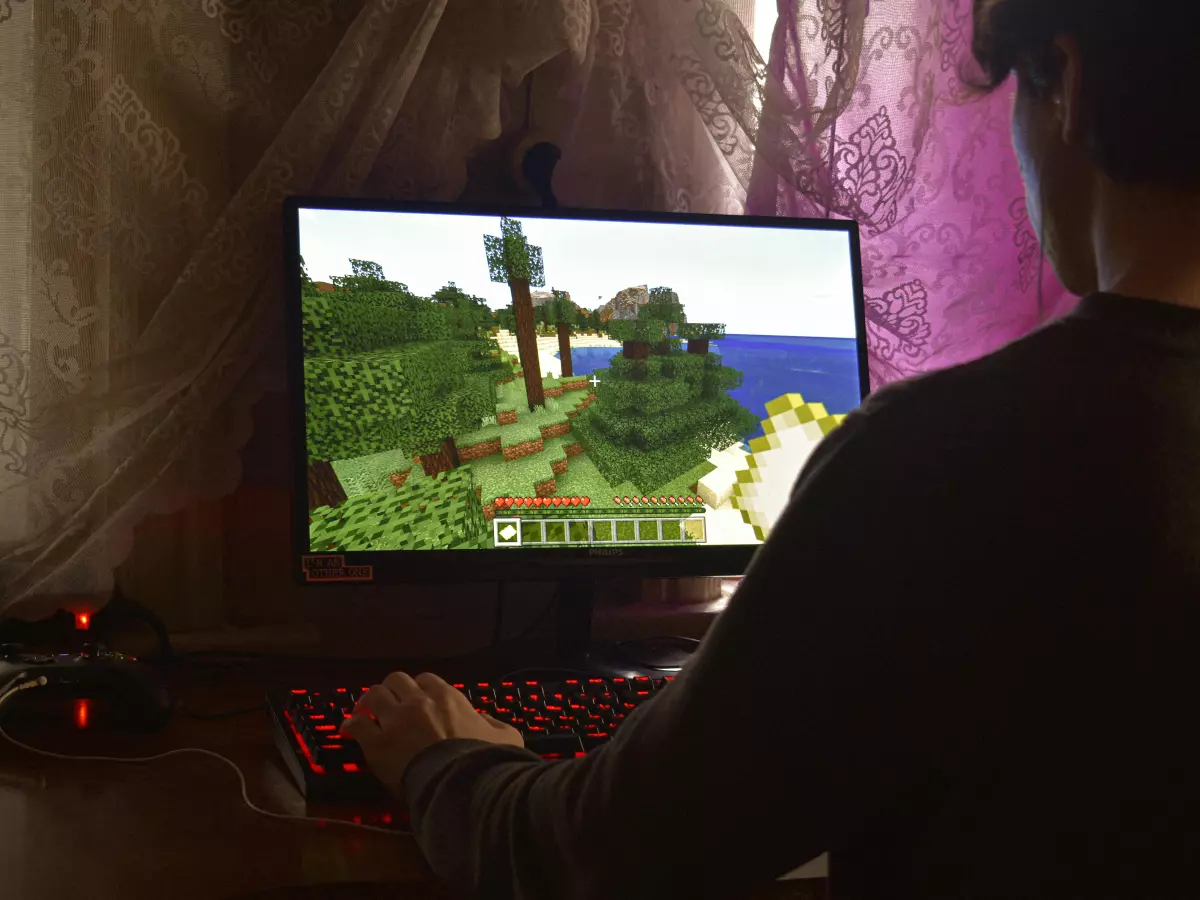Real-Time Physics
Ever wondered why that boulder in your favorite game rolls down the hill so naturally, or why your character’s jump feels just right? It’s not magic—it’s real-time physics. But here’s the kicker: it’s not as simple as it seems. In fact, the way game engines handle real-time physics is a delicate dance between precision and performance, and it’s happening right under your nose.

By Hannah White
Let’s face it: we’ve all been there. You’re playing a game, and suddenly, something just feels...off. Maybe it’s the way a car flips after a crash, or how a character moves through water like they’re walking on air. These moments break immersion, and they’re often the result of poorly implemented physics. But when it’s done right? You don’t even notice. That’s the beauty of real-time physics in gaming—it’s invisible when it works well, but glaring when it doesn’t.
So, what’s really going on behind the scenes? How do game engines manage to simulate real-world physics in real-time, all while keeping your frame rates buttery smooth? Let’s dive into the nitty-gritty of how real-time physics works in gaming, and why it’s one of the most complex yet crucial aspects of modern game development.
What Exactly Is Real-Time Physics?
Real-time physics refers to the simulation of physical systems—like gravity, collisions, and fluid dynamics—in a way that happens instantly, as you play. Unlike pre-rendered physics (which you might see in a cutscene), real-time physics has to react to player input and environmental changes on the fly. It’s like having a mini-physics lab running inside your game engine, constantly calculating forces, velocities, and interactions between objects.
But here’s the catch: real-world physics is messy. There are countless variables to consider, from friction and air resistance to mass and momentum. Game engines can’t afford to simulate every tiny detail, or your gaming rig would grind to a halt. Instead, they use clever approximations and optimizations to give the illusion of realistic physics without bogging down performance.
How Game Engines Handle Physics
Most modern game engines, like Unity and Unreal Engine, come with built-in physics engines designed to handle these calculations. These physics engines are responsible for simulating everything from ragdoll physics (you know, when a character flops around after getting hit) to vehicle dynamics and destructible environments.
At the core of these physics engines are two main components: collision detection and rigid body dynamics. Collision detection is exactly what it sounds like—determining when and where objects in the game world collide. Rigid body dynamics, on the other hand, deals with how objects move and interact after a collision. Together, these systems create the foundation for real-time physics in games.
But here’s where things get tricky: simulating physics in real-time requires a delicate balance between accuracy and performance. If the physics engine is too accurate, it can slow down the game, leading to frame rate drops and lag. If it’s too simplified, the game world feels unrealistic and immersion is broken. Game developers have to find that sweet spot where the physics feels believable but doesn’t overwhelm the system.
Approximation: The Secret Sauce
So, how do game engines strike this balance? The answer lies in approximation. Instead of simulating every little detail, physics engines use simplified models to approximate real-world behavior. For example, instead of calculating the exact airflow around a car in a racing game, the engine might use a basic drag coefficient to simulate air resistance. Similarly, instead of modeling every individual particle in a fluid, the engine might use a technique called smoothed particle hydrodynamics to simulate the overall flow of water.
These approximations allow game engines to simulate complex physics systems without sacrificing performance. Of course, there’s always a trade-off—more accurate simulations require more processing power, while simpler approximations can sometimes lead to unrealistic behavior. But for most games, the goal is to create a physics system that feels believable, even if it’s not 100% accurate.
Soft Body vs. Rigid Body Physics
When we talk about real-time physics in games, we’re usually referring to rigid body physics—the simulation of solid objects like cars, crates, and characters. But there’s another type of physics that’s becoming increasingly important in modern games: soft body physics.
Soft body physics simulates objects that can deform and change shape, like jelly, cloth, or even human skin. This type of physics is much more complex than rigid body physics, as it requires the engine to calculate how forces affect the shape and structure of an object. While soft body physics has been around for a while, it’s only recently become feasible to simulate in real-time, thanks to advances in hardware and software optimization.
Games like Spider-Man and Red Dead Redemption 2 have used soft body physics to create more realistic character animations and environmental interactions. For example, in Red Dead Redemption 2, the way a horse’s muscles flex as it gallops is a result of soft body physics. Similarly, in Spider-Man, the way Spidey’s suit stretches and deforms as he swings through the city is another example of soft body physics in action.
Physics Middleware: The Unsung Hero
While many game engines come with built-in physics systems, some developers opt to use third-party physics middleware to handle the heavy lifting. Middleware like Havok and PhysX are designed specifically for simulating real-time physics, and they’re used in some of the biggest games on the market, from Call of Duty to Assassin’s Creed.
These middleware solutions are highly optimized for performance, allowing developers to create complex physics systems without having to build everything from scratch. They also come with a range of features, like advanced collision detection, fluid simulation, and destructible environments, that can take a game’s physics to the next level.
The Future of Real-Time Physics
As hardware continues to improve, we can expect real-time physics to become even more advanced. With the rise of technologies like ray tracing and machine learning, future games could feature even more realistic physics simulations, from lifelike water and fire to fully destructible environments.
But here’s the thing: no matter how advanced the technology gets, the goal of real-time physics will always be the same—to create a believable, immersive game world that feels natural to the player. And as long as developers continue to push the boundaries of what’s possible, we’re in for some seriously mind-blowing physics in the years to come.
So next time you’re playing a game and marveling at how realistic everything feels, take a moment to appreciate the invisible magic of real-time physics. It’s the unsung hero of modern gaming, quietly working behind the scenes to make your virtual worlds come to life.





